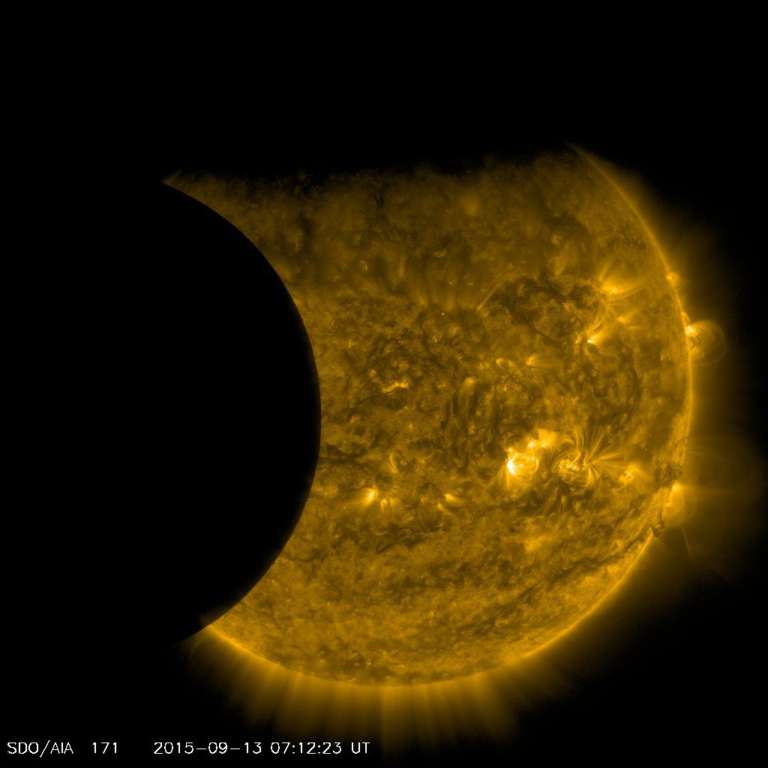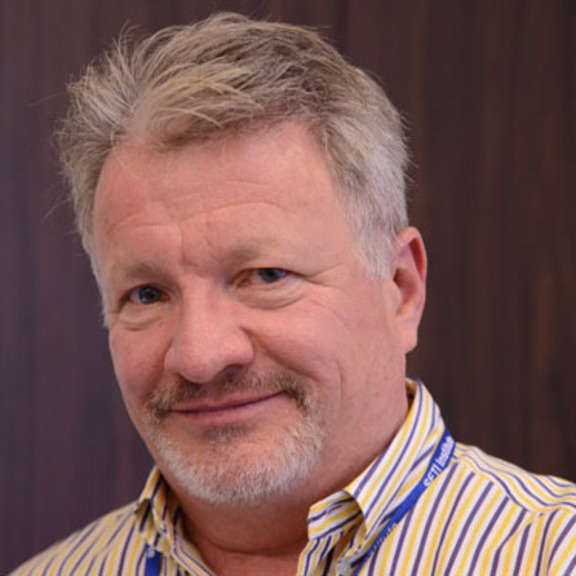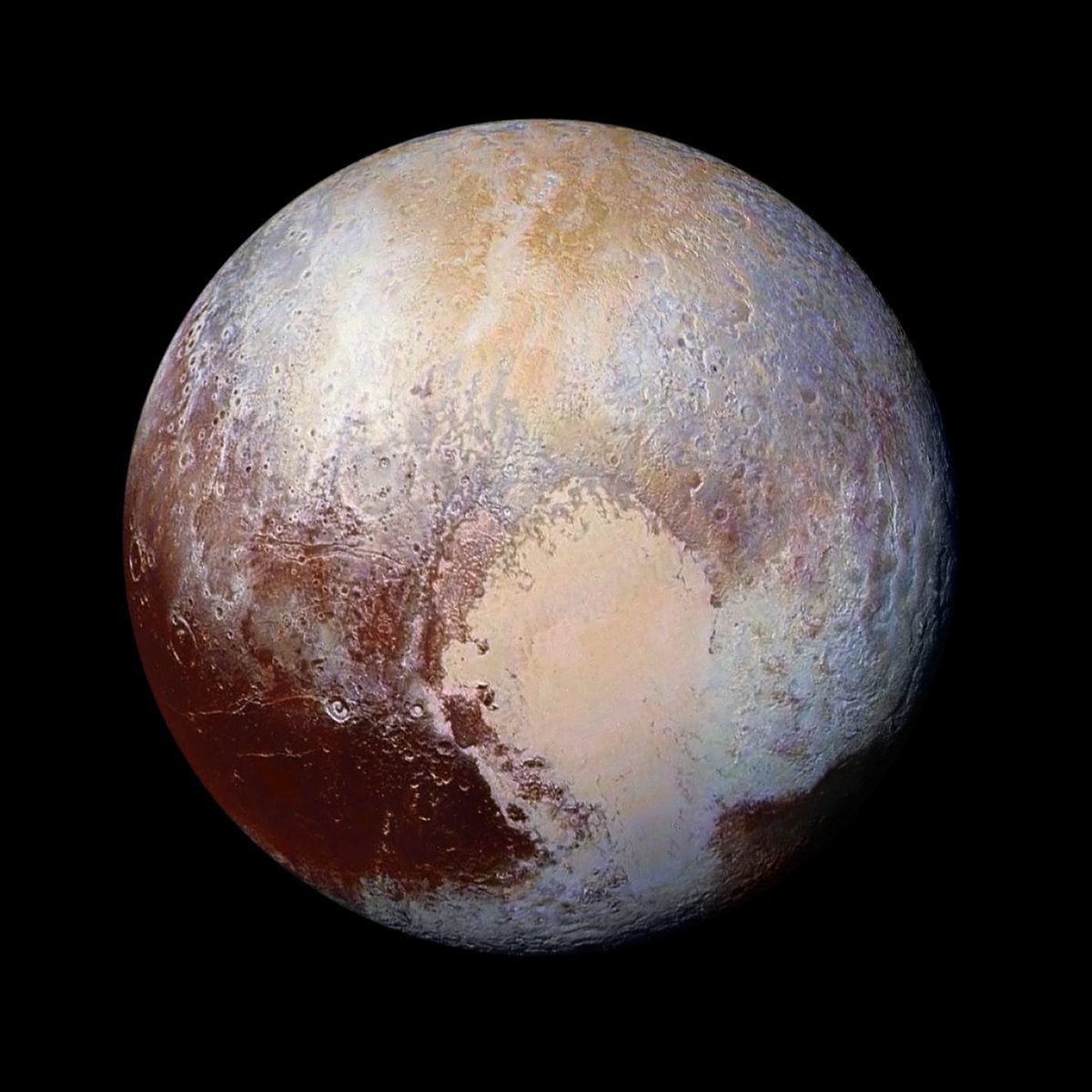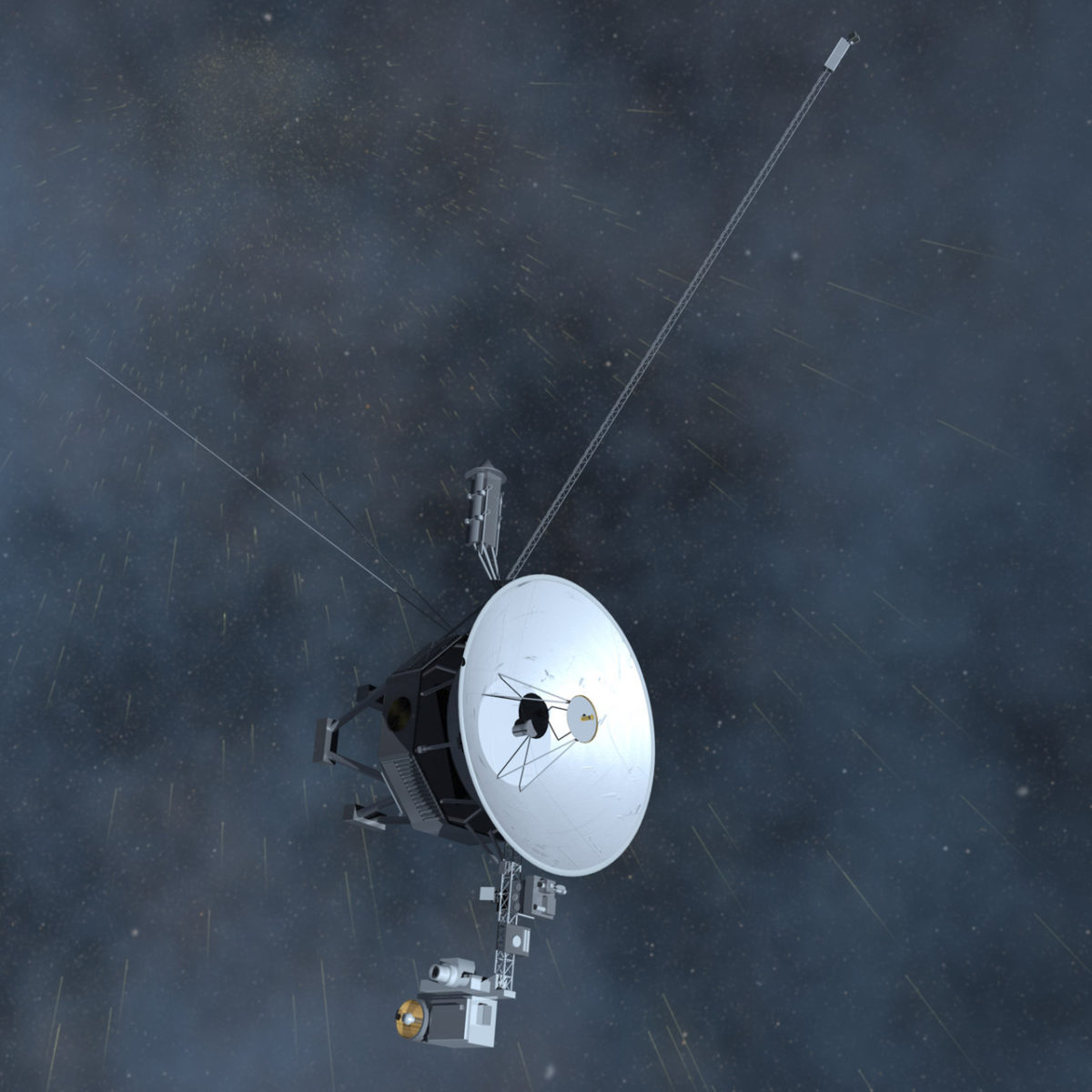Since 2002, Planetary Radio has visited with a scientist, engineer, project manager, advocate, or writer who provides a unique perspective on the quest for knowledge about our Solar System and beyond. The full show archive is available for free.
Search Planetary Radio
CEO Randa Milliron introduces us to Interorbital Systems, which wants to put your payload in orbit for as little as $8,000. Can they do it?
MAVEN, the Mars Atmosphere and Volatile Evolution orbiter, has gone a long way toward solving the mystery of the Red Planet’s missing water and air. The University of Colorado’s Nick Schneider says it is also revealing gorgeous clouds, auroras and glowing skies.
Marilynn Flynn, Simon Kregar and Rick Sternbach are masters of space art. They talk about how their work furthers science and captures the imagination.
Space historian John Logsdon remembers American hero John Glenn. Planetary Society CEO Bill Nye was a big fan of the Friendship 7 astronaut—less so the new Star Wars movie. Then we get an update on the Giant Magellan Telescope from Patrick McCarthy.
No one is more excited about eclipses than famed solar astronomer and author Jay Pasachoff. He looks forward to the total solar eclipse in August of 2017.
The SPE team reviews the outlook for human spaceflight, planetary science, Earth observation and much more under the upcoming Trump administration.
The SETI Institute is about much more than the Search for Extraterrestrial Intelligence. President and CEO Bill Diamond of the Institute explains.
The National Geographic Channel’s “Mars” miniseries has begun. Mat Kaplan attended a kickoff for the ambitious docudrama last summer. You’ll hear from series technical advisor Bobby Braun, author of “The Martian” Andy Weir, Cosmos creator Ann Druyan and more.
Back to the annual meeting of the AAS Division for Planetary Sciences this week, where Mat Kaplan visited with experts on worlds of ice including Titan and Pluto, with a side trip to the dunes of Iran.
Host Mat Kaplan traveled to California’s Mojave Desert for a tour of Virgin Galactic’s The Spaceship Company, where the second SpaceShipTwo was built and is undergoing flight tests. TSC Executive VP Enrico Palermo was his guide.
Just in time for election day in the USA, we take stock of the major candidates' space policies (as far as they go), comparing statements and policy op-eds put out by both campaigns. We also look at the broader implications and challenges of the coming Presidential transition for NASA.
Mat Kaplan talks with Matt Taylor, the Rosetta Project Scientist, just two weeks after the spacecraft touched down on 67/P.
Alan Stern of the New Horizons mission to Pluto and beyond was in Pasadena for the annual meeting of the American Astronomical Society’s Division for Planetary Sciences. He joined Mat Kaplan for a very special conversation down the street at Planetary Society HQ.
How did the Voyager spacecraft manage to weave their magnificent way through the outer planets of our solar system? Mission Design Manager Charley Kohlhase led the team that crunched the numbers to select the best possible trajectory from 10,000 candidates.
The Night Sky Guy, Andrew Fazekas, talks about his beautiful new, Star Trek-inspired guide to the real wonders of astronomy.
We take a deep dive into new space legislation working its way through the US Senate. It embraces Mars and NASA's big rocket. But Elon Musk and SpaceX just announced an ambitious new plan to colonize Mars. Does this upset the political establishment? Or will they find a cold reception in the halls of Congress? Also, where does science fit into the politics of space?
The European Space Agency’s magnificent Rosetta mission ended last week as the spacecraft gently touched down on the comet it has revealed.
Planetary Society Digital Editor Jason Davis returns with the story of the ten-day trek across the South he just completed with two Society colleagues.
The great Cassini spacecraft has a year to go before it plunges into the ringed planet. Project Scientist Linda Spilker returns with more amazing mission science.
In two years a Near Earth Asteroid now known as Bennu will have a visitor from Earth. OSIRIS-REx Principal Investigator Dante Lauretta reports on his mission’s successful launch.


 Explore Worlds
Explore Worlds Find Life
Find Life Defend Earth
Defend Earth




















